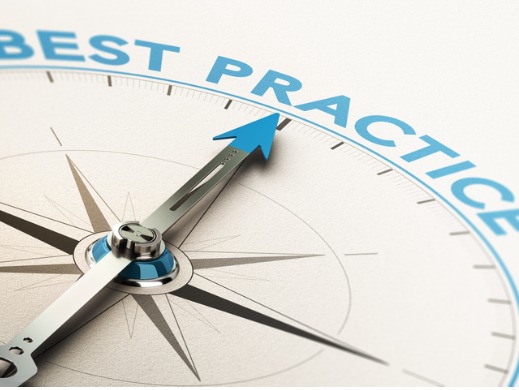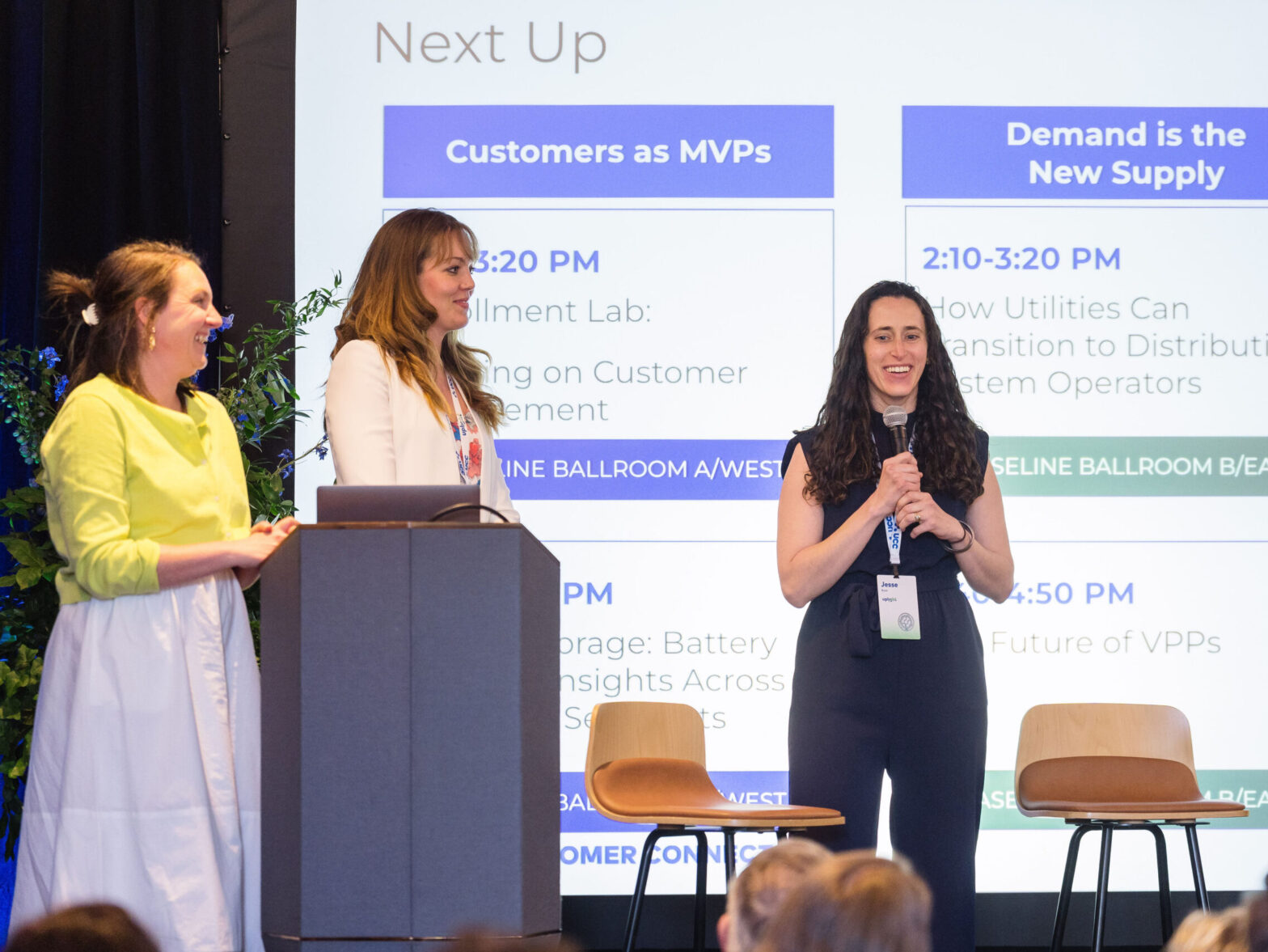No matter how great of service a utility provides—cheap and reliable power, top-notch customer experience, advanced technology options—one issue remains consistently difficult to overcome: the creeping growth in service costs.
Despite better overall performance from North American utilities in 2019, more customers today are likely to reach out to utility customer support teams than they were ten years ago. In fact, the customer support portion of a typical cost-of-service analysis has now grown to over 30%. That trend is likely to continue as energy becomes more complex. New technologies like DERs, net metering, and increasingly complex rate tariffs will continue to grow in popularity, resulting in more confusion on the consumer end and more costs for the utility.
However, operational efficiencies for non-residential accounts are low hanging fruit that more utilities need to take advantage of to help reduce their customer service costs. Below are a few simple ways to improve your customer support operations and reduce burden on your bottom line.
1. Reduce Call Center Volume
Conventional wisdom says that calls to the customer service line account for about $1 per minute of call, a cost sink that can add up quickly, so minimizing how often customer feel it necessary to pick up the phone should be a high priority. Additionally, each escalation represents a near exponential jump in costs, so reps need to find solutions quickly while also ensuring the issue is resolved correctly.
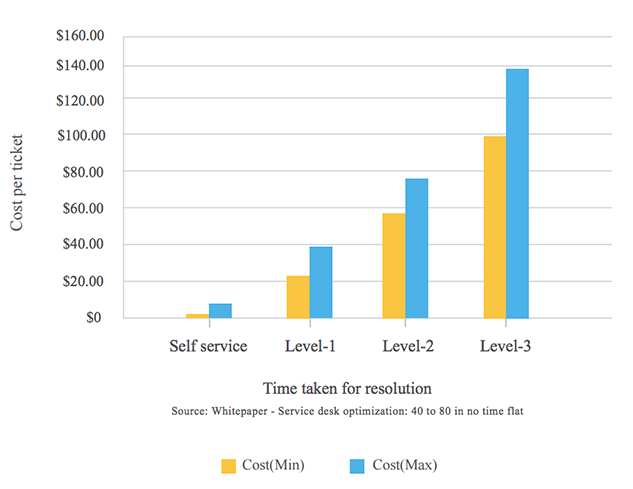
So, how do you go about reducing call center volume? First, make sure customers have easy access to self-service options for simple tasks such as learning about incentives or rebates, monitoring usage and rate plans, or answering common billing questions. A digital energy portal, for example, can answer many common questions before they’re asked.
Additionally, most call center activity is due to interactions with 10% to 20% of the customer population, often repeatedly calling for the same routine issues and tasks, so diverting those frequent callers via digital solutions can go a long way towards reducing overall call volume.
2. Minimize the Time-On-Call for Every Customer Service Representative
Of course, no matter what you do there will always be some calls to your support hotline. In these unavoidable instances, your goal should be to minimize the time it takes your CSR to identify and resolve the problem.
Successful utilities empower call center staff with all the tools necessary to identify client issues, generate potential solutions, and “close the ticket”. Unfortunately, most utility call centers don’t offer streamlined data access to their reps resulting in a single CSR having to search five or more applications to gather all the information they need. The increased complexity of consumer questions, combined with inefficient data access has led to an explosion in the length of a typical call – up over 50% in four years.
“From 2012 to 2016 the average annual time each customer spent speaking with an energy provider customer representative increased over 50% to 11.2 minutes per year.”
To reduce the time it takes CSRs to resolve calls from your business customers you need to better enable them. Customer service representatives should be able to quickly and easily pull up a client profile and access associated energy analytics, generate comparisons between self and peers, and craft personalized suggestions for resolving the issue.
Readily available access to customer data, and representatives trained on using it, will go a long way toward minimizing your CSRs time-on-call metrics. Plus, if the representatives then guide those customers to digital self-service options those accounts will be less likely to become repeat callers that drive up the overall call center burden.
3. Proactively Engage Hard-to-Reach Customers
Just as a few “heavy callers” can drive a disproportionate portion of overall call center costs, hard-to-reach customers such as micro and small business accounts can create a disproportionate amount of friction that impacts your cost-of-service.
Small businesses often operate at the edge of utility focus and are traditionally difficult to engage. The result is entire segments of customers that don’t know about utility offerings or incentives, don’t know where to turn for advice, and in deregulated markets, are more likely to switch providers. Most critically, though, these are the customers that would benefit the most from proactive outreach.
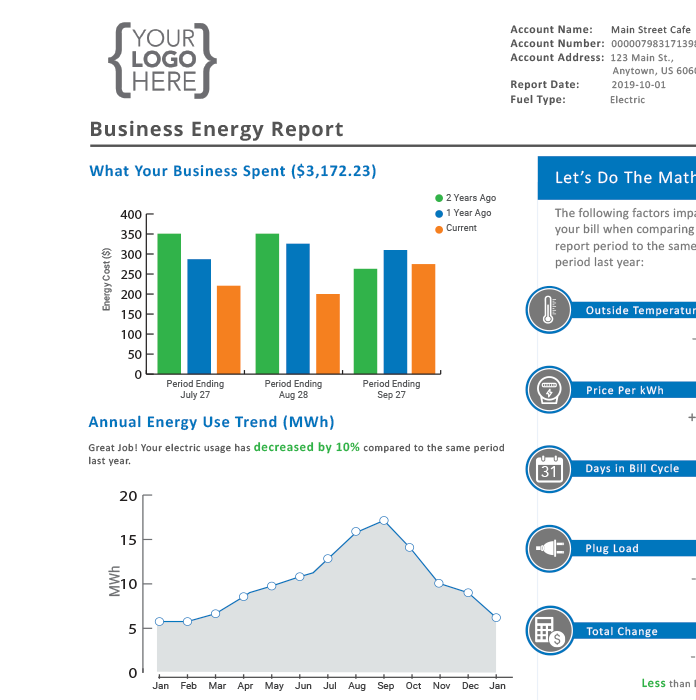
SMB accounts generally have simple energy needs and the majority of their cost-of-service comes from questions arising from changes in their regular bills. These accounts simply want to know why their bill is up or down during a given period.
Outbound communications that reflect the billing impact of weather, plug load, cost per-kWh, days in a billing cycle and more can go a long way toward reducing the customer service needs of the SMB segment.
4. Provide Field Representatives with Data, Tools, and Training
Lastly, given that the average account manager now handles 40 accounts (a figure that’s increased from 26 as recently as 2011), keeping tabs on each major customer can be difficult and time-consuming. At the same time, these key account managers want to continue to provide personal and useful services but doing so can increasingly eat up resources and drive up the cost-over-service.
By deploying digital tools that reduce the burden on your key account and field rep team, you can ensure high quality service at a high volume. For example, dedicated mobile applications for site audits can help field reps efficiently add photos, notes, and equipment details to a client profile. These tools also enable the field rep to generate custom reports at the touch of a button, saving time and effort.
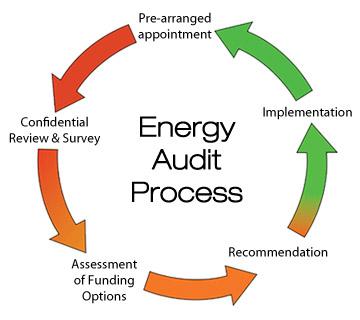
While the headlines on changes needed in the utility industry may be dominated with clamoring for clean energy and other significant changes to the generation side of the equation, the digitization of utilities is happening today in the service provided to customers. The heightened abilities to provide customer service in an optimal and seamless way will not only create more enjoyable and successful customer engagement journeys, but it will reduce the needless inefficiencies that add costs to power providers and their customers. By harnessing these 4 best practices, make cost-of-service a less significant portion of your utility’s overall budget-line items.

